4.1.13 Sun Salutation
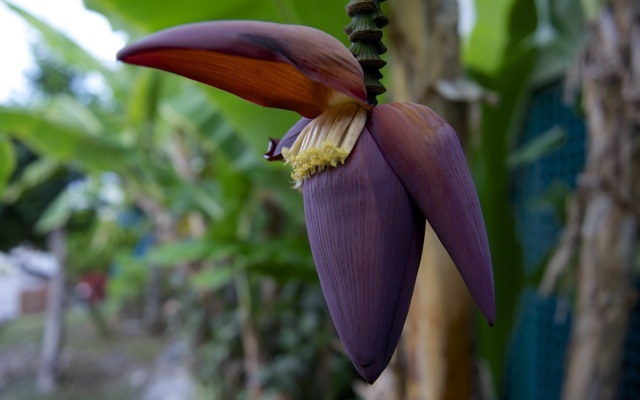
photos by george billard
Just back from Antigua (also known as Wadadli), the main island of the country of Antigua and Barbuda in the Leeward Islands of the Caribbean, where I enjoyed the annual family vacation, courtesy of my very generous in-laws. The island was spotted by Christopher Columbus on his second voyage in 1493. The land and native people were ultimately colonized by Europeans. Some historians believe that the psychological stress of slavery may have played a part in the massive number of native deaths. Others hold that the enforced starchy, low-protein diet contributed to severe malnutrition of the indigenous residents who had been accustomed to a diet fortified with protein from sealife. Now largely dependent on tourism, Antigua is a stark, poverty-riddled landscape peppered with luxury resorts. The beaches are undeniably beautiful, with crystalline turquoise waters and white sand the texture of cake flour. I'm not into tanning, but I can lie on the beach in a shady spot and read to my heart's content. And I'm always interested in the local flora and fauna. On those fronts, Antigua did not disappoint.
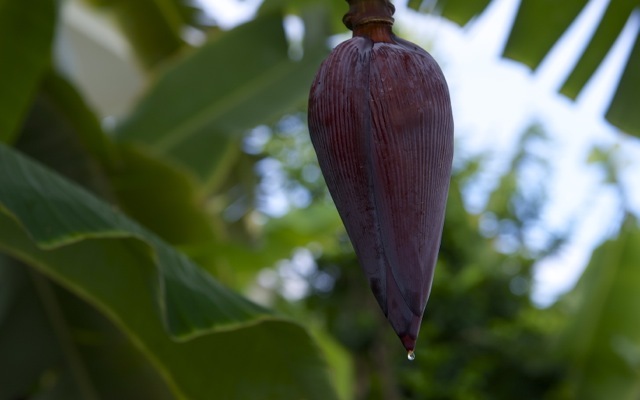
nectar of the gods
There were several kinds of palms—date, coconut, banana—their enormous green fronds rustling in the balmy breezes. The banana palm produces these large purple flowers and their abundant nectar lured a continual stream of small birds, especially the tiny antic hummingbirds, black with iridescent green.
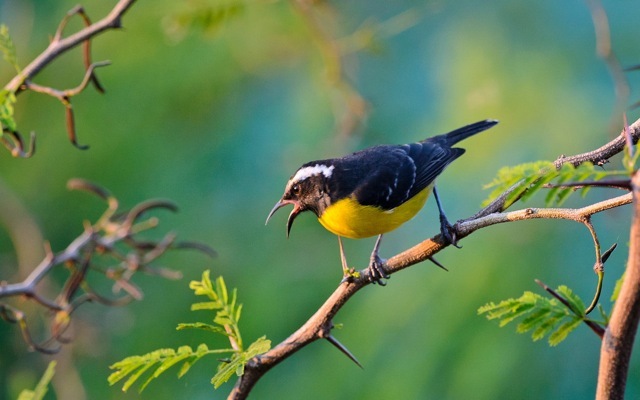
little big bird
These yellow-breasted bananaquits provide a relentless soundtrack, making an unfortunate sound like someone sucking air through their teeth. Between that, the constant whistle of the world's boldest grackles and the tree frogs' nocturnal din there's not much quiet to be had. That said, the morning cacophany of the birds was a great way to wake up.
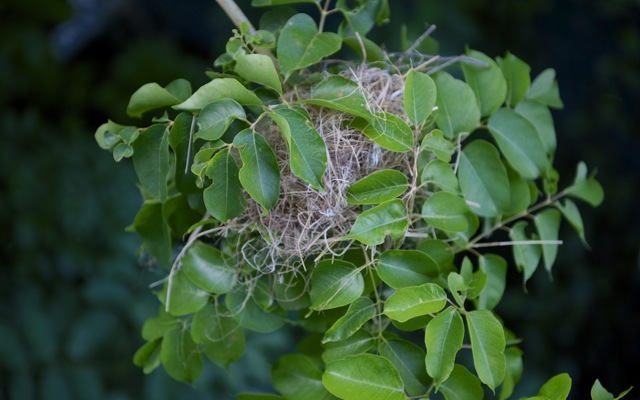
home sweet home
The bananaquits build these spherical nests with a side entrance hole, often incoporating them into man-made objects like lampshades and garden trellises.
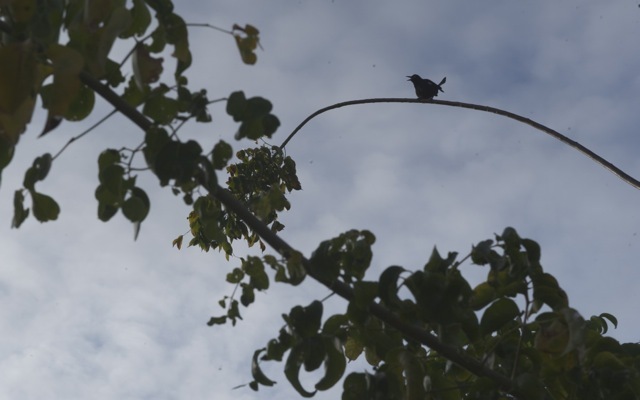
bird on the wire

the sandpipers
These pectoral sandpipers (Calidris melanotos), shy and quick, flitted about the shoreline in the early mornings.

big bird
We spent long hours watching this white heron hunting for fish lurking among the mangrove roots in the marshy shallows.
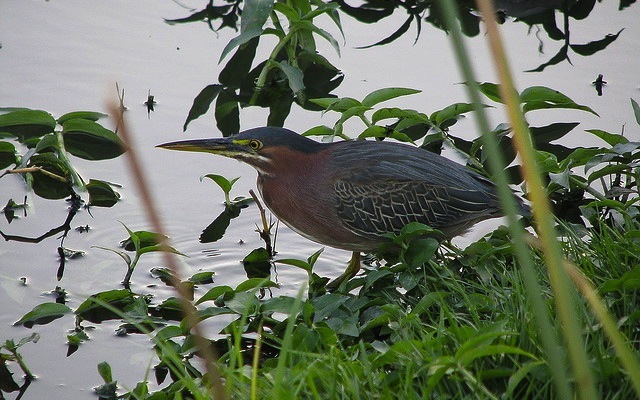
green heron
We saw squat green herons like this one when we were in southern India, floating along canals in a rattan houseboat. There was another sort of Antiguan heron with a single back-swooping plume on its head that stalked the peripheries of the cove; sorry not to have a shot of that one. Black pelicans and dramatic frigate birds wheeled overhead.
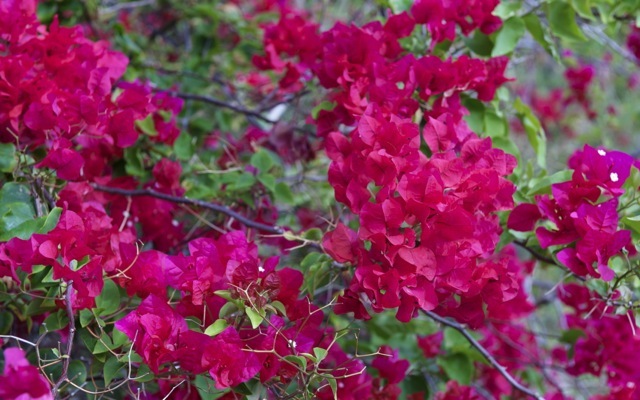
fire bush
Bright red hibiscus, yellow aloe flowers and these fuchsia bougainvillea are typical blooms in this Caribbean climate, though they're also common sights in California.
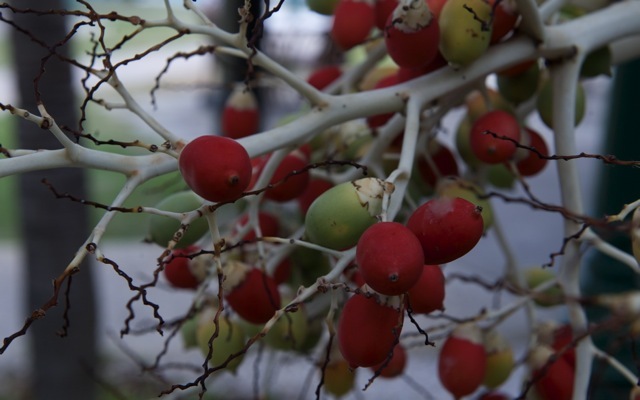
hot dates
When squeezed, these red dates hanging in bunches from palm trees exuded a viscous yellowish fluid. I'm not sure if these can be dried and eaten or not...
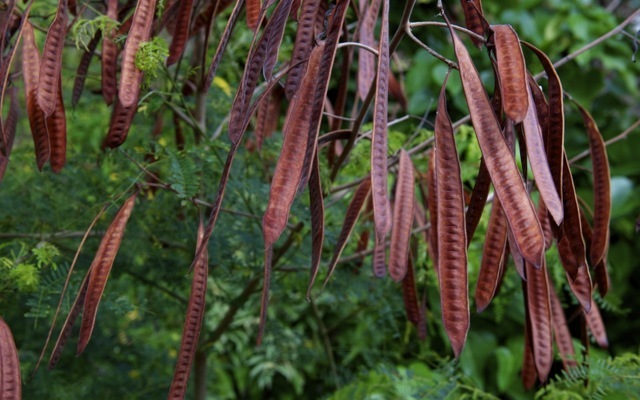
pods
There were many different types of pods hanging from trees on the island; this one is wild or false tamarind (Lysiloma latisiliquum), a species of tree in the pea family.

snake charmer
We saw donkeys, horses and goats on our ride from the airport, but at the resort the only mammals were a thin, feisty tabby cat and loads of these furtive mongooses. Word is they were imported from India in the 19th century to contain the rats in the sugar cane fields.
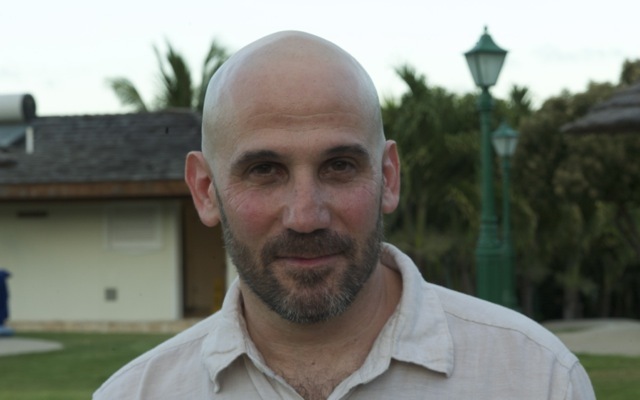
traveling companion
I imported my own furry creature, a favorite traveling companion who makes every voyage a trip to bountiful.






10 Comments